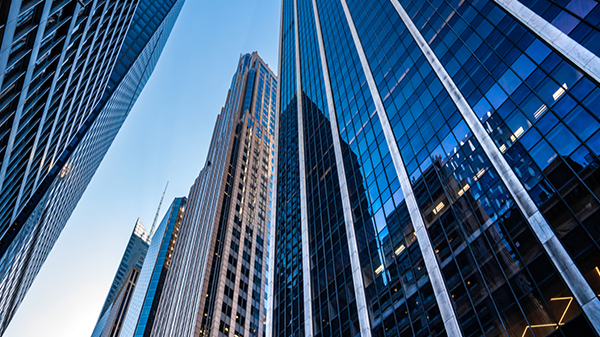TV reception assessment
When should TV reception be considered in the construction process?
When planning for the construction of a new tall building, it’s crucial to carry out an assessment to determine the impact it will have on TV reception and who will be affected. This is often a requirement as part of an environmental impact assessment (EIA).
The size of the proposed building and the location of the TV transmitter both play a role in determining the area affected by the TV reception “shadow”. According to the Society of Cable Telecommunications Engineers, a 10-storey increase in building height can mean TV reception is affected up to 20 miles away from the building. The shadow can also vary depending on the frequency of the TV signal, as high-frequency signals are more likely to be affected by obstructions such as buildings.
What type of signals are impacted?
Both terrestrial and satellite signals can be impacted by new buildings, although the shadow from satellite signals is usually much smaller. In some cases, households may already be using cable or satellite services instead of terrestrial TV signals, or the TV aerial may be high enough on the building to continue receiving signals.
However, in cases where TV installations are affected, it’s important to take mitigation measures to address any issues. The number of households affected by the new building’s impact on TV reception can vary depending on the size of the building and the location of the TV transmitter. For example, a proposed 1000-foot skyscraper in Chicago could potentially affect TV reception for over 100,000 households, according to a 2018 study by the National Association of Broadcasters.

Mitigating the impact on TV reception
When there are issues with TV reception caused by new buildings, it's important to take mitigation measures. Television is an important source of information, entertainment, and communication for many people. TV reception issues can cause inconvenience and frustration for affected households, and in some cases, can also impact emergency broadcasts.
Mitigation measures can help to minimise the impact of new buildings on TV reception, allowing nearby households to continue enjoying their TV services without disruption. Additionally, resolving these issues can help to maintain positive relationships between developers and affected communities, which can be important for future projects and the overall reputation of the developer.
How can BRE help?
Predicting the impact of future buildings
BRE offers a service to predict the effects of a new building on TV reception nearby, taking into account the TV reception shadow and the effects of diffraction around the building. Usually we carry out a site survey to find out whether people are using aerials that could be affected by the new building.
Mitigation measures
If television installations are affected, BRE can recommend mitigation measures which might involve upgrading the aerial or using rent-free satellite services such as Freesat. According to the Digital Television Group, over 95% of cases involving TV reception issues caused by tall buildings were resolved through mitigation measures such as aerial upgrades or Freesat installations.
Mitigation measures can vary in cost depending on the extent of the impact and the measures required. For example, upgrading an aerial can cost between £100 to £500, while installing a Freesat satellite system can cost up to £1,000. However, after mitigation, TV reception is usually the same as or better than it was before the building was constructed. |
